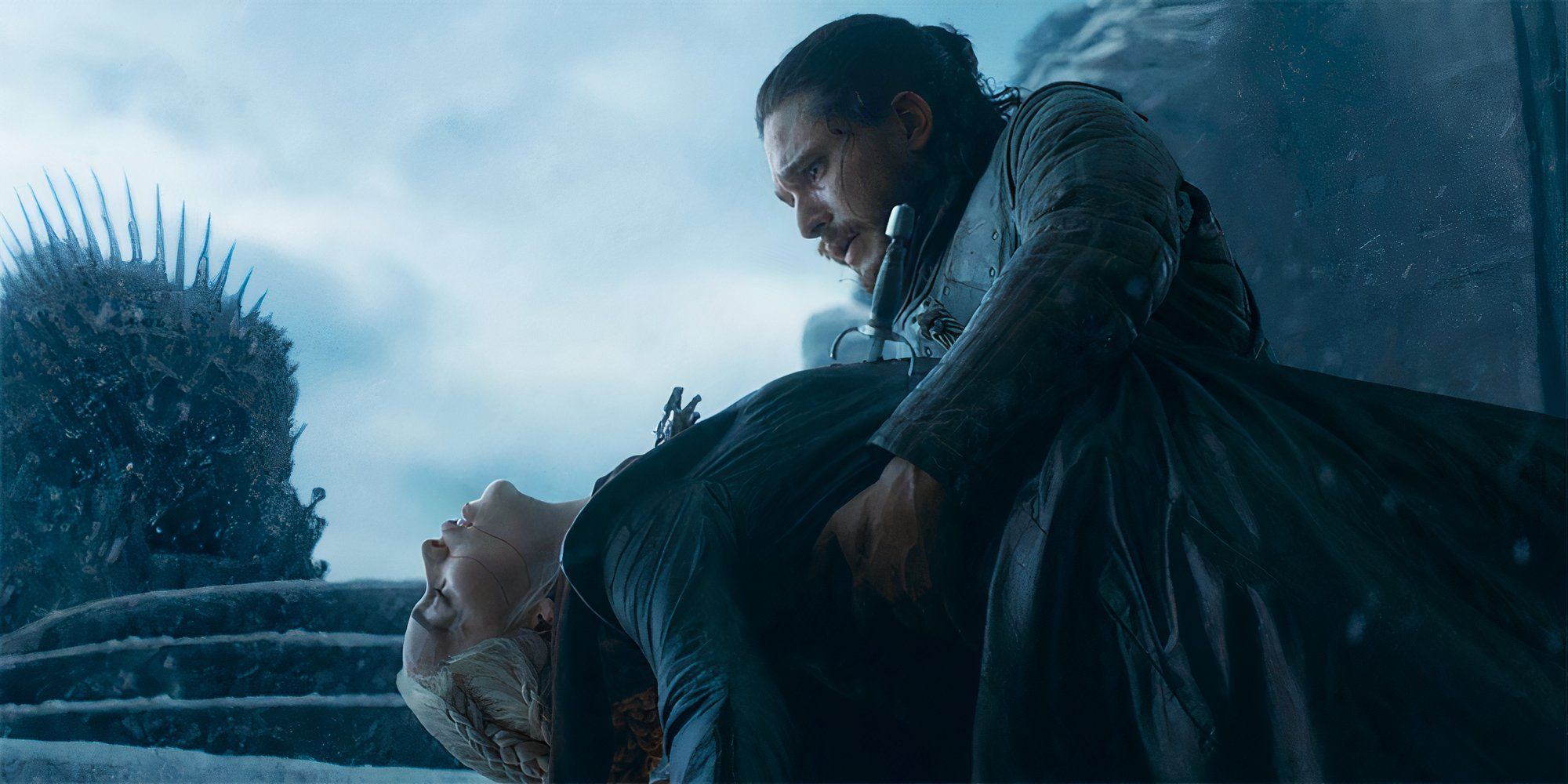One of the major pillars of popular culture during the 2010s was Game of Thrones, an adaptation of George R. R. Martin’s A Song of Ice and Fire series. Set in a world where seasons can last for years, the show follows several noble families on the continent of Westeros as they engage in deadly games of politics and warfare. Yet, while the noble houses kill one another for power, an army of the dead marshals in the north, and on the continent of Essos, an exiled princess hatches three dragons.
The show’s early seasons contained some of the greatest episodes of television ever produced, with compelling character drama, shocking twists, and phenomenal effects that allowed for a diverse array of magical creatures and impressive battles. However, the show declined in its second half, culminating in one of the worst-received finales in television history. One example of this decline is how numerous plot points were abandoned, leading to disappointing endings and gaping plot holes.
10
Quaithe
So Much Detail For Nothing
In Season 2, Daenerys Targaryen (Emilia Clarke) arrives in the city of Qarth, full of many curious individuals. Among them is Quaithe (Laura Pradelska), a woman who conceals her identity behind an ornate mask. She speaks cryptically to Daenerys’ protector, Ser Jorah Mormont (Ian Glen), warning him that others will try to claim the dragons for themselves. When such a theft does occur, Quaithe points Jorah towards the kidnapper: the warlock Pyat Pree (Ian Hanmore).
Several visual cues link Quaithe with Melisandre (Carice van Houten), which seemed like a subtle costume hint that she was connected to the Lord of Light and the magic city of Asshai. However, Quaithe never returns after Season 2, so all she amounts to is a mysterious woman who gives advice to Jorah and never even talks to Daenerys. It’s especially baffling because, in the books, Quaithe meets with Daenerys several times to relay cryptic prophecies, possibly by using a magical glass candle.
9
The Riverlands
How Did Edmure Regain Control?
Situated in the middle of the Seven Kingdoms, the Riverlands were the most devastated by the War of the Five Kings. They originally sided with King Robb Stark (Richard Madden) in his fight for Northern independence, but their armies were massacred with him at the Red Wedding, and the Lord of Riverrun, Edmure Tully (Tobias Menzies), was taken prisoner by the traitorous Walder Frey (David Bradley). Soon after, Walder Frey and his male family members were killed by Arya Stark (Maisie Williams), and that’s the last we hear about the Riverlands until Season 8.
Given that the Riverlands hated the Lannisters, and Walder Frey was their ally, you would think Queen Cersei (Lena Heady) would investigate, or the Riverlords would side with Daenerys, especially when the new King in the North, Jon Snow (Kit Harington), allied. Yet there is no retaliation for the Freys’ deaths, no Riverlands army marching on King’s Landing, and no explanation for how Edmure got out of his cell, let alone regained Riverrun. It’s annoying because Arya’s journeys through the Riverlands reinforced Martin’s anti-war themes through wanton destruction caused by both sides. Its omission is yet another example of how the final seasons of Game of Thrones felt like a mad dash to the finish line, with the writers ignoring anything that didn’t concern the principal characters.
8
Daenerys’ Khalasar
Remember When the Dothraki Were People?
Daenerys’ husband, Khal Drogo (Jason Momoa), ruled over a massive collection of Dothraki called a Khalasar. Most of Season 1 was dedicated to showcasing Dothraki culture; how they valued strength and freedom above noble titles and stationary cities, had their own religion and belief system, and could be savage one moment and respectful another. When Drogo died, the Khalasar fragmented, but some agreed to follow Daenerys when she hatched her dragons.
As the show went on, more and more Dothraki characters were killed or quietly dropped, and when another Khalasar was seen in Season 6, the writing felt like a stereotype of Dothraki culture. Once Daenerys united them into a single force for her invasion of Westeros, the Dothraki ceased being characters, becoming disposable, re-spawning soldiers who could deliver impressive-looking cavalry charges. The worst example of this decline was when Daenerys named her entire Khalasar her Bloodriders. This means that, when Jon Snow killed her, the Dothraki should have slaughtered him to avenge their khaleesi, rather than let Grey Worm (Jacob Anderson) keep him alive as a political prisoner.
7
House Reed
Nothing to Show for All That Loyalty and Mystery
House Reed is one of the most enigmatic of the northern noble families, and the most loyal to the Starks. Howland Reed (Leo Woodruff) accompanied Eddard Stark (Robert Aramayo and Sean Bean) during Robert’s Rebellion—saving his life at the Tower of Joy—while his children, Meera (Ellie Kendrick) and Jojen (Thomas Brodie-Sangster), escorted Brandon Stark (Isaac Hempstead Wright) on his quest to find the Three-Eyed Raven (Struan Rodger and Max von Sydow). Unfortunately, Jojen is killed outside the raven’s cave by the army of the dead, and after returning Bran to Winterfell, Meera just leaves.
Meera’s departure is one of the biggest slaps in the face of any character in Game of Thrones because of how backhanded it feels. After everything Meera went through to protect Bran, she leaves and doesn’t even return to help fight the White Walkers. Howland also never appears outside of flashbacks despite knowing many of Eddard’s secrets, which ultimately makes the Reeds feel like lots of great buildup with no payoff.
6
Illyrio Mopatis
Remember When Varys Had a Friend?
Before her marriage to Drogo, Daenerys and her brother, Viserys (Harry Lloyd), stayed with a Magister of Pentos named Illyrio Mopatis (Roger Allam). He filled Viserys’ head with stories about how the people of Westeros secretly wished for a Targaryen to retake the throne and encouraged the marriage to Drogo so that Viserys could have an army to invade with. However, Arya later saw him in King’s Landing speaking with Lord Varys (Conleth Hill), hinting that Illyrio was playing a much larger game.
Sadly, the only time Illyrio is even mentioned after Season 1 is in Season 5, when Varys and Tyrion Lannister (Peter Dinklage) stay at his villa after fleeing Westeros. Since he doesn’t appear in person, we don’t get to learn anything about his history with Varys or why he is so committed to placing a Targaryen back on the Iron Throne. His removal likely had to do with the show’s decision to cut the character of Young Griff, which leads to Varys’ actions seeming contradictory and scatterbrained regarding his loyalty.
5
The Faith Militant
What Happened to the Faith’s Army?
The devastation caused by the War of the Five Kings caused the smallfolk of Westeros to turn to religion for answers and salvation, creating a new movement known as the Sparrows. Cersei made things worse when, to relieve the Crown’s debt to the faith, she allowed the High Sparrow (Sir Jonathan Pryce) to restore the Faith Militant, granting the clergy a religious army. She and Queen Margaery Tyrell (Natalie Dormer) both find themselves captured by the High Sparrow and set to stand trial for supposed crimes against the laws of Gods and Men, but Cersei kills the High Sparrow and Margaery when she blows up the Sept of Baelor.
The show seems to think that killing the High Sparrow means that the Faith Militant is gone, but the Faith of the Seven is still strong in Westeros. Realistically, hundreds should be joining the Faith Militant to stand up to a tyrannical queen, as they did during the time of King Maegor I the Cruel, and perhaps the faith would even side with Daenerys, since the Targaryen kings protected the faith in the past. But no, Cersei takes over Westeros with no opposition, and folks like Hot Pie (Ben Hawkey) talk about her crimes like local gossip.
4
Dorne
Why Course Correct When You Can Delete?
Season 4 introduced audiences to Prince Oberyn Martell (Pedro Pascal) from Dorne, the most southern kingdom in Westeros, and whose sister, Elia, was the wife of the late Prince Rhaegar Targaryen (Wilf Scolding). After his death, audiences were eager to see what new stories would be told with his surviving paramour, Ellaria Sand (Indira Varma), and his older brother, Prince Doran Martell (Alexander Siddig). Unfortunately, Season 5’s Dorne storyline was one of the worst in the show due to poor pacing, plot contrivances, and terrible character writing, but they might have been able to turn things around.
Except no, Season 6 begins with Ellaria and Oberyn’s eldest daughters, the Sand Snakes, murdering Doran and his son, Prince Trystane Martell (Toby Sebastian), in what can only be described as the writers washing their hands of their mistakes. Ellaria then somehow takes over Dorne, without opposition and only appears in a handful of appearances before she and the Sand Snakes are killed off early in Season 7. This is beyond infuriating, as not only did the writers once again ignore how killing the ruling family would lead to infighting and rebellions, but this was done at the expense of Doran’s daughter, Arianne Martell, who was cut from the show despite her popularity.
3
Tysha
A Heartbreaking Story Loses Its Climactic Reveal
As a young man, Tyrion and his older brother, Jaime (Nikolaj Coster-Waldau), rescued a woman named Tysha from bandits. She and Tyrion quickly fell in love and were married, only for Tywin to reveal that the whole thing had been arranged by Jaime, before horribly punishing Tysha and sending her away. This moment colored Tyrion’s view on relationships and made him believe that nobody could ever love him.
The show mentioned Tysha several times in Seasons 1 to 3, only to omit the shocking reveal from Season 4’s climax. While helping Tyrion escape his coming execution, Jaime reveals that Tywin forced Jaime to lie; Tysha truly did love Tyrion, but Tywin refused to allow his son to marry a lowborn girl. This revelation is what spurred Tyrion to confront Tywin, unlike in the show, where it seems to be a spur-of-the-moment decision. Tysha isn’t mentioned again until Season 8 as an offhanded joke, cementing how little her story meant to the show, and how its omission contributed to Tyrion’s sharp decline.
2
Azor Ahai
The Prince of Broken Promises
Among the followers of R’hllor, there is a prophecy that the mythical Prince That Was Promised, Azor Ahai, will be reincarnated to lead humanity in the great battle against the forces of darkness. Several characters are believed to be this messiah, such as Stannis Baratheon (Stephen Dillane), Jon Snow, and Daenerys Targaryen. In the final seasons, both Melisandre and High Priestess Kinvara (Ania Bukstein) seem to believe Daenerys is the Prince That Was Promised, with Melisandre vowing to go to Volantis and rally the faithful to fight against the army of the dead.
However, when Melisandre arrives for the Battle of Winterfell, she brings no army and is the only follower of R’hllor present for the climax of their religion. Neither Jon nor Daenerys end up being the ones to stop the White Walkers; Arya randomly kills the Night King (Richard Brake and Vladimir Furdik), while Jon and Daenerys’ contributions to the battle are minimal. It makes all the emphasis on prophecy, the church of R’hllor, and Jon and the Night King’s rivalry pointless, and when Ser Davos Seaworth (Liam Cunningham) wonders what it was all for, the voice of the writers flows from Tyrion to say “I don’t imagine thinking about that subject will leave you any happier than before.”
1
Jon Snow’s Parentage
Nobody Cares That He Should Be King
The mystery surrounding the mother of Jon Snow left characters and fans speculating to no end. Given how much Eddard Stark valued honor and integrity, it doesn’t make sense that he would father a bastard child and not tell anyone who the mother is. Eventually, Bran learns through looking into the past that Jon was never Eddard’s son: he was instead the secret child of Rhaegar Targaryen and Lyanna Stark (Aisling Franciosi), making him the true heir to the Iron Throne.
Though characters like Tyrion and Varys speculate about what Jon’s parentage will mean for the Seven Kingdoms, it ends up amounting to nothing. Jon repeatedly rejects the throne, and after killing Daenerys, he is sent north and allowed to go beyond the Wall with the Wildlings to live the rest of his days in exile. Not only does this frustrate fans who wanted to see Jon take the throne due to his kindness and meritocracy-based leadership, but it begs the question of why so much of Bran’s storyline was dedicated to the reveal when, at the end of the day, he could have just stayed Eddard’s bastard and nothing would have changed.


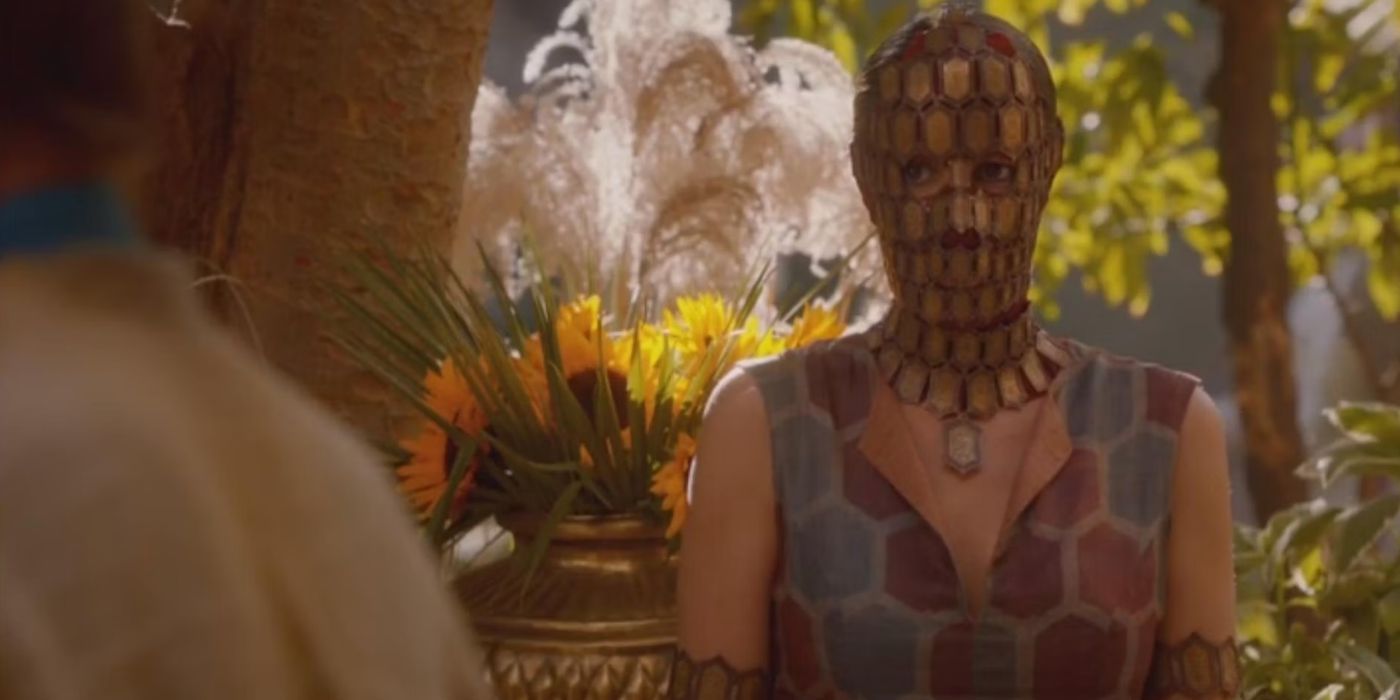
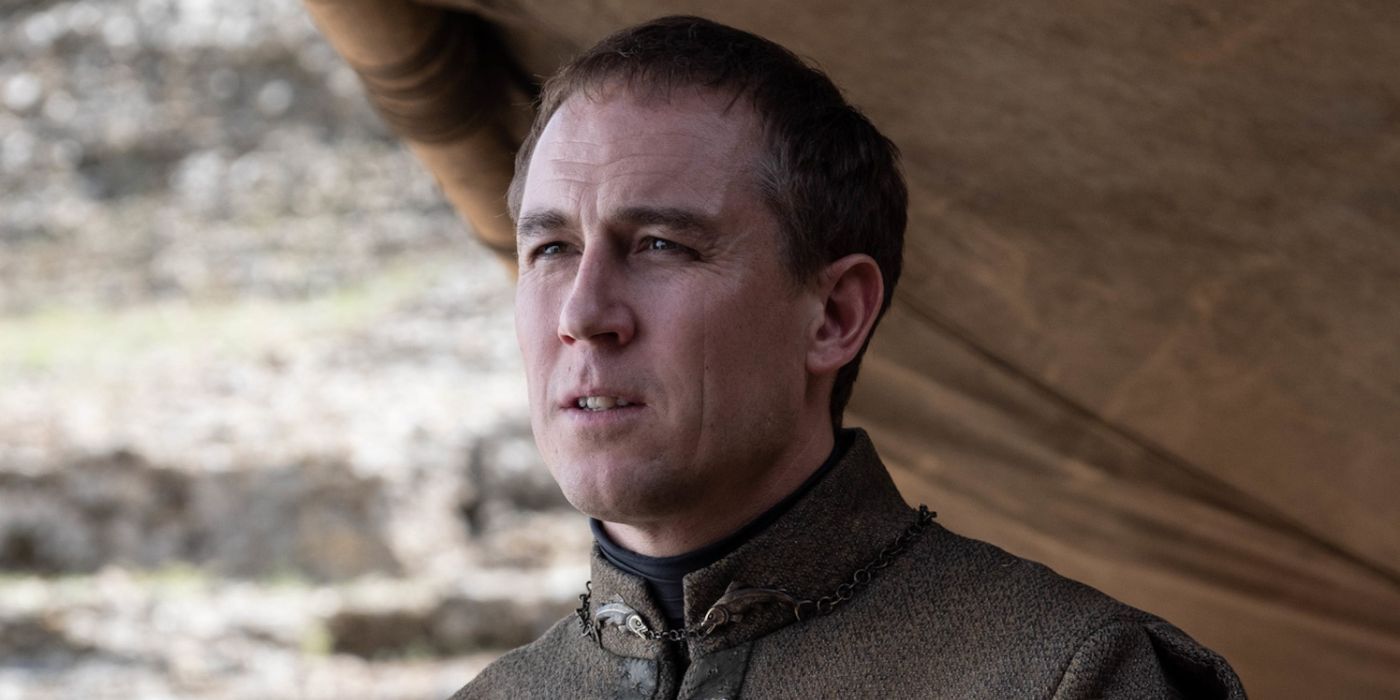

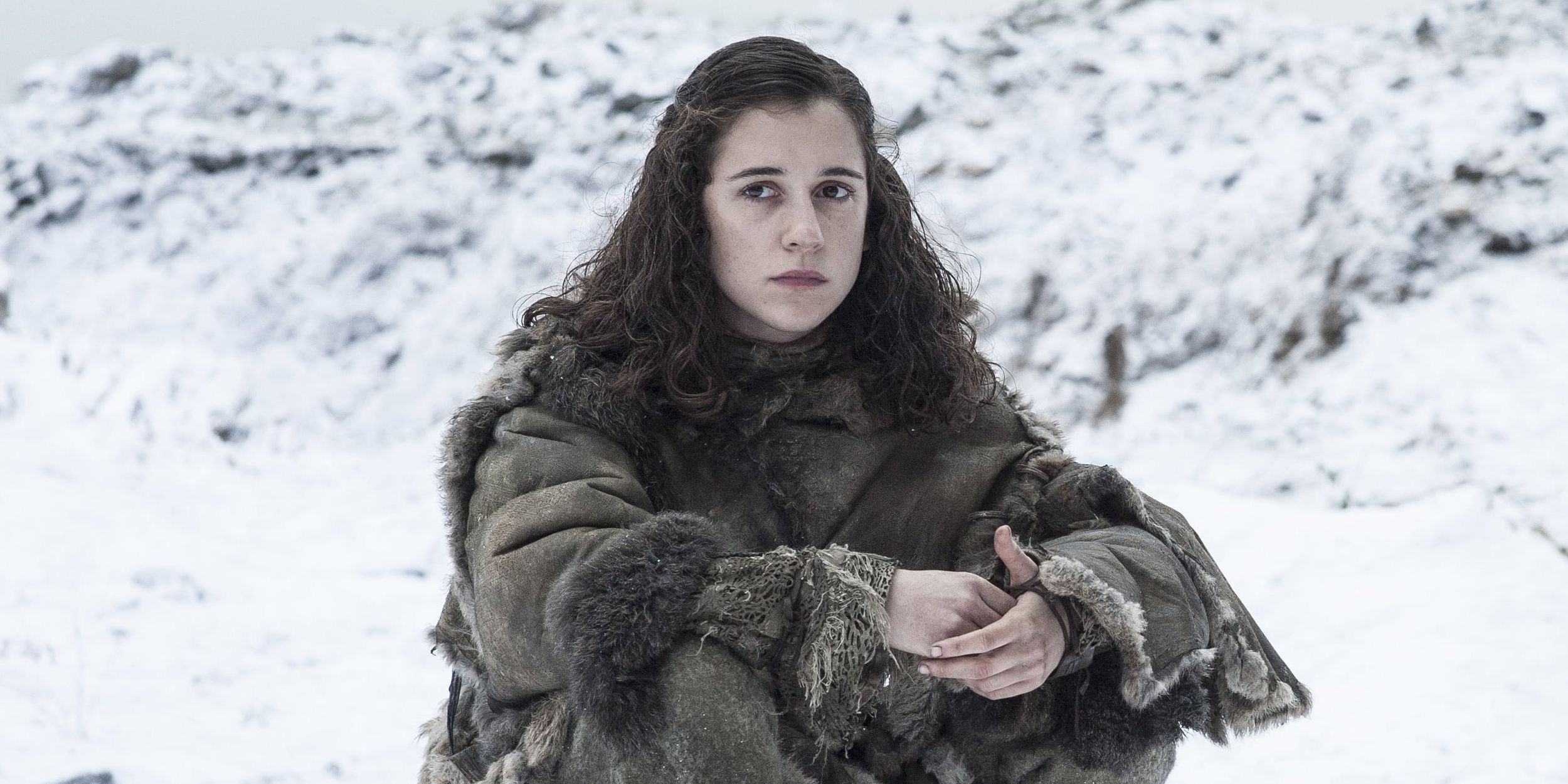
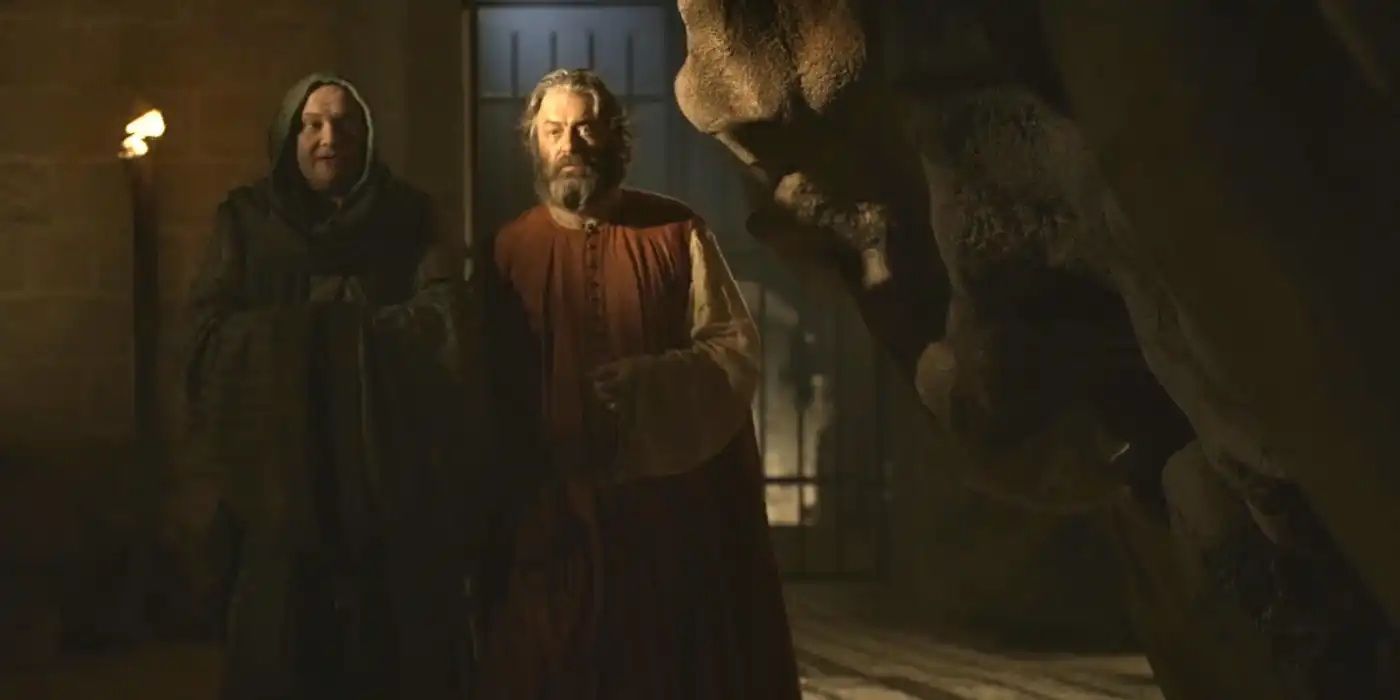
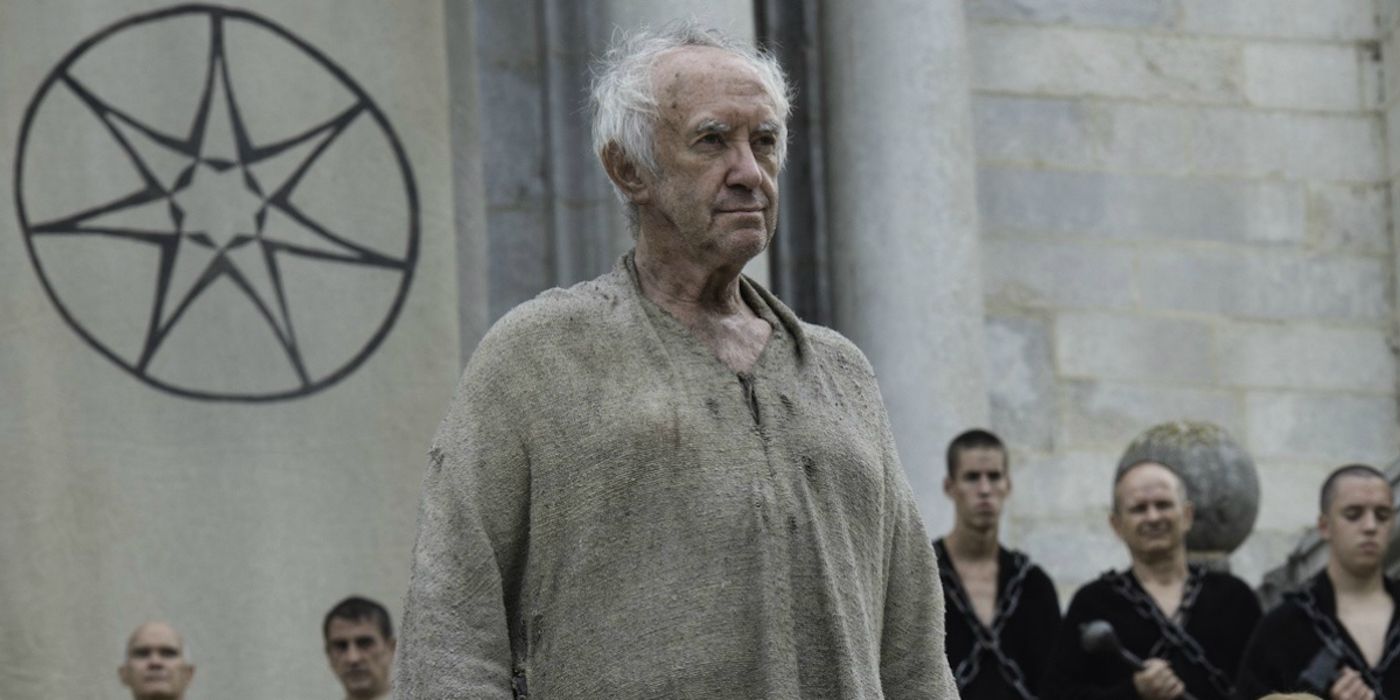
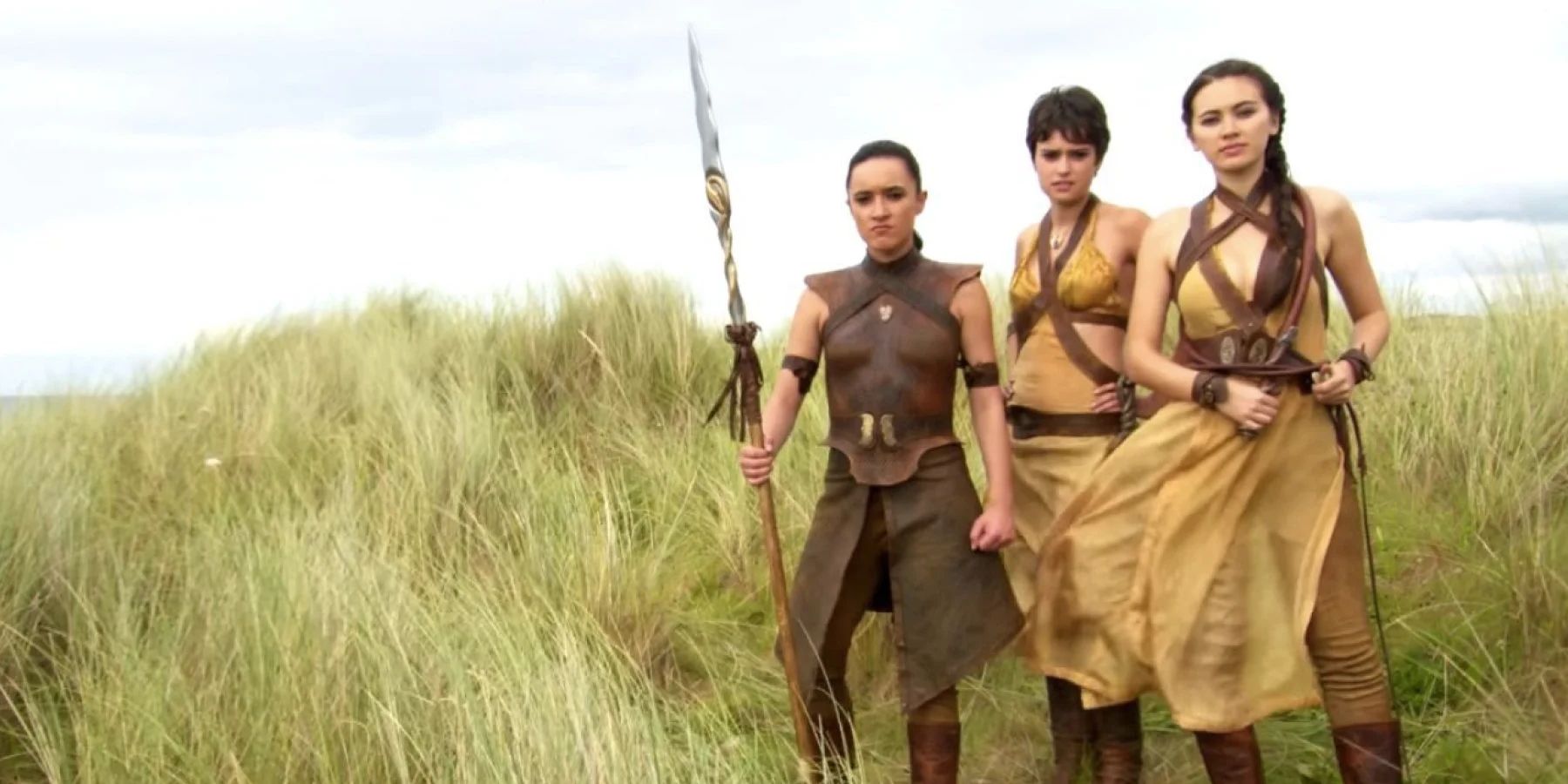
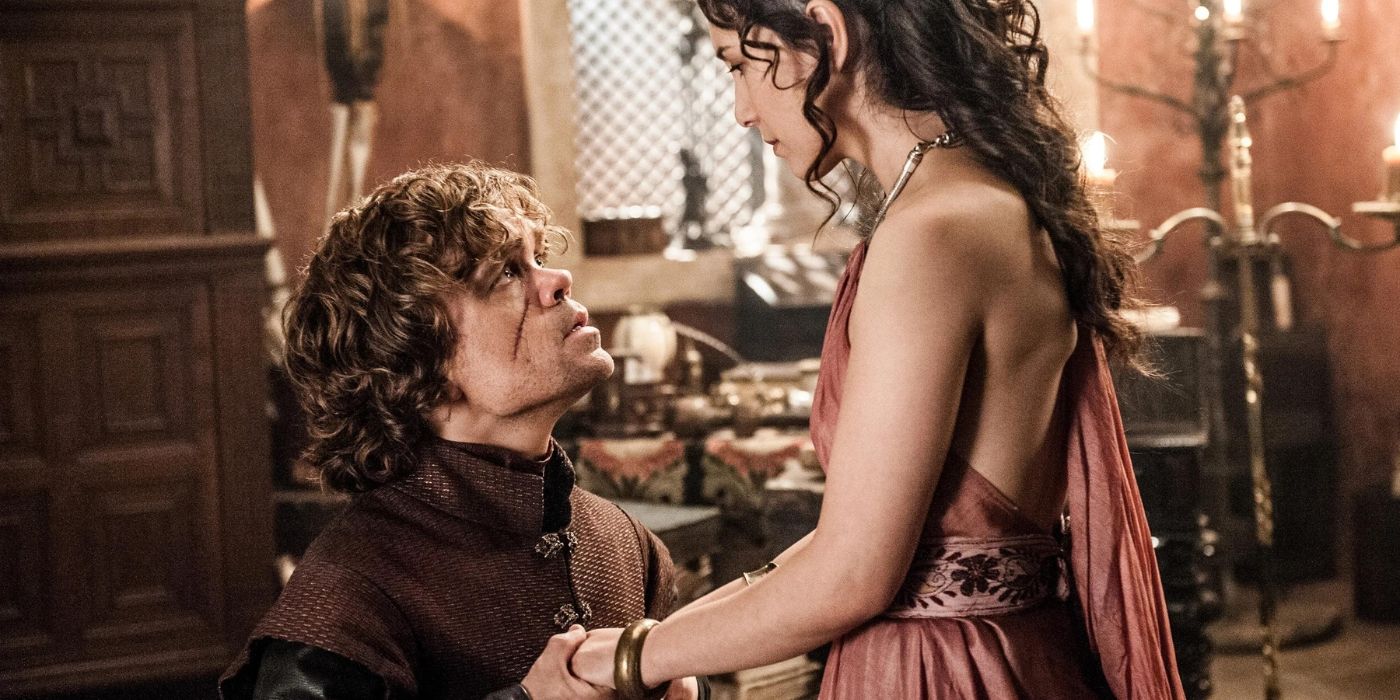
.jpg)
